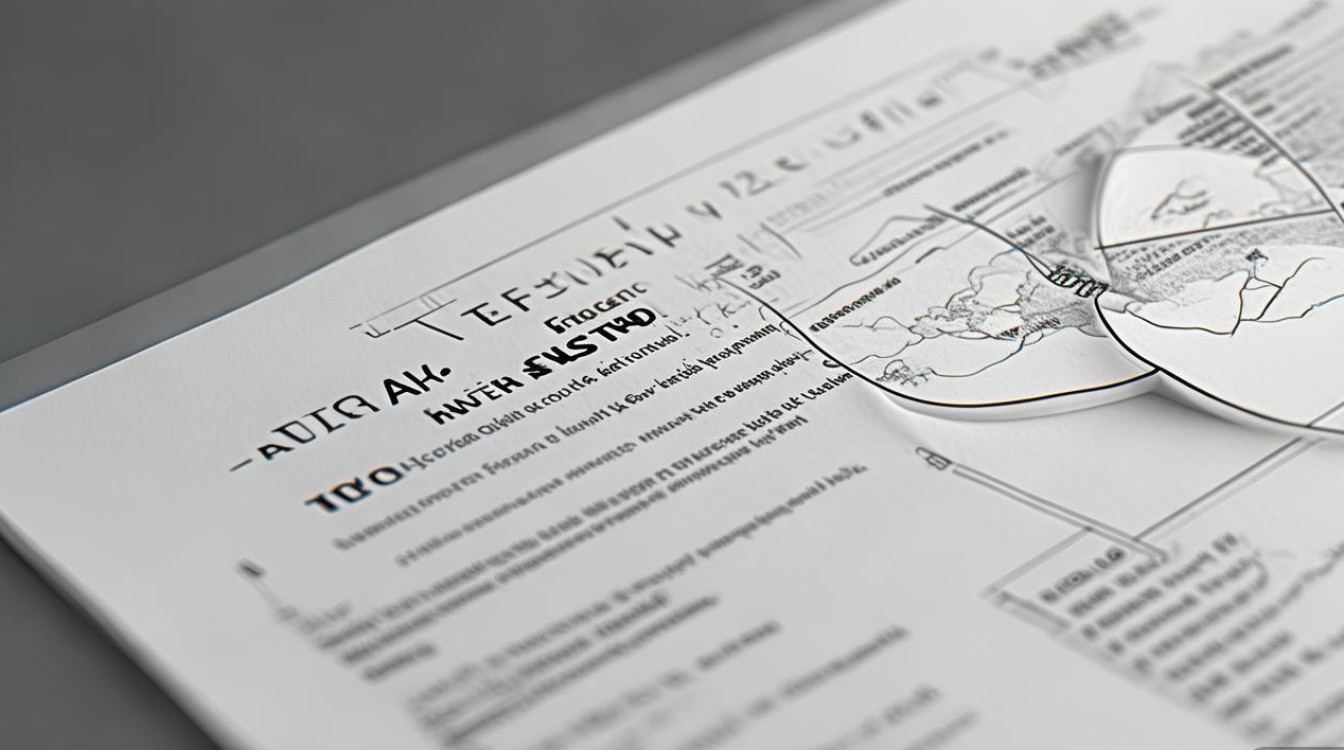雅思三饼图作文是雅思写作Task 1中常见的图表题型,要求考生通过描述和分析三个饼图中的数据,展现信息提取、归纳和逻辑表达能力,这类题目通常涉及同一主题在不同时间、类别或群体中的数据对比,考生需准确把握数据变化趋势,并清晰呈现核心信息,以下从结构解析、写作步骤、语言技巧和范例分析四个方面展开详细说明。

三饼图作文的结构解析
三饼图作文通常采用“总-分-总”结构,确保逻辑清晰、层次分明,具体可分为三个核心段落:
- 引言段(Introduction):简要介绍图表主题、时间范围及核心内容,无需涉及具体数据,仅作概括性描述。“The three pie charts illustrate the proportion of [主题] across [不同类别/时间] in [具体背景].”
- 主体段(Body Paragraphs):分2-3段展开分析,避免罗列数据,建议按“共同特征+显著差异”或“按类别/时间顺序”组织内容,每段聚焦1-2个核心趋势,并引用关键数据支撑论点。
- 结论段(Conclusion):总结图表反映的整体变化、最大/最小值或突出趋势,避免重复主体段细节,侧重宏观结论。
写作步骤与注意事项
审题与数据提取
- 明确主题:确认图表核心主题(如能源消耗、就业比例、市场分布等)及三个饼图的对比维度(如2000年/2010年/2025年;城市/农村/郊区;男性/女性等)。
- 筛选关键数据:
- 最大值与最小值:如“A类别占比最高(35%),B类别最低(10%)”。
- 变化趋势:对比相同类别在不同饼图中的增减(如“X类别的比例从20%上升至30%”)。
- 交叉对比:分析不同类别间的占比关系(如“Y类别占比超过X类别与Z类总和”)。
数据分类与段落规划
- 按时间顺序:若图表涉及不同年份,可按时间先后描述变化(如“2000年…;到2010年…;截至2025年…”)。
- 按类别分层:若图表涉及不同群体,可逐类分析其占比及变化(如“城市居民的分布以…为主,而农村地区则…”)。
- 避免信息碎片化:每个段落需围绕一个核心观点,主体段1描述整体占比变化,主体段2分析具体类别的差异”。
语言表达技巧
- 数据呈现:使用“account for, constitute, make up, occupy”等替代“be”,避免重复;用“approximately, around, just over, nearly”等词修饰数据,体现准确性。
- 趋势描述:
- 上升:increase, rise, grow, surge
- 下降:decrease, decline, drop, fall
- 波动:fluctuate, vary
- 占据主导地位:dominate, be the largest share
- 逻辑连接:使用“Similarly, In contrast, Meanwhile, However”等连接词,增强段落连贯性。
三饼图作文范例分析
以下以“某国2000年、2010年、2025年可再生能源占比变化”为例,展示写作框架:
引言段
The three pie charts compare the percentage of renewable energy in a country's total energy consumption in 2000, 2010, and 2025. Overall, renewable energy usage increased significantly over the two decades, with solar and wind power showing the most substantial growth.
主体段1
In 2000, renewable energy accounted for only 15% of the total energy mix. The largest portion came from hydropower, at 10%, while solar and wind power each contributed a mere 2% and 3%, respectively. Fossil fuels, by contrast, dominated the energy structure, making up 85% of the total.
主体段2
By 2010, the share of renewable energy had risen to 30%. Hydropower remained the most significant source, increasing to 12%, but solar power experienced a dramatic surge to 10%, and wind power grew to 8%. Notably, fossil fuels’ proportion declined to 70%, reflecting a gradual shift towards cleaner energy.
主体段3
The year 2025 witnessed a further acceleration in renewable energy adoption, reaching 45% of the total. Solar power became the leading renewable source, constituting 20%, followed by wind power at 15% and hydropower at 10%. Fossil fuels’ share plummeted to 55%, indicating a substantial progress in the country’s energy transition.
结论段
In summary, the country made remarkable strides in increasing renewable energy usage from 2000 to 2025, with solar and wind power emerging as the key drivers of this transformation. The consistent decline in fossil fuel reliance underscores a positive trend towards sustainable development.
常见问题与数据呈现方式
为更直观对比数据,可在文中插入表格(如三饼图核心数据汇总):
| 年份 | 可再生能源总占比 | 水力发电 | 太阳能 | 风能 | 化石燃料 |
|---|---|---|---|---|---|
| 2000年 | 15% | 10% | 2% | 3% | 85% |
| 2010年 | 30% | 12% | 10% | 8% | 70% |
| 2025年 | 45% | 10% | 20% | 15% | 55% |
FAQs
问题1:三饼图作文中,是否需要描述所有数据?
解答:无需逐个描述所有数据,应优先选择最具代表性的数据(如最大值、最小值、显著变化值)进行对比分析,若某类别占比不足5%且无显著变化,可概括为“其他类别占比均低于5%”,避免冗余。
问题2:如何处理三个饼图中的重复数据(如同一类别在不同年份的占比)?
解答:将重复数据按时间或类别整合,集中描述其变化趋势,可写“水力发电的占比从2000年的10%微增至2010年的12%,随后在2025年回落至10%”,而非在每个饼图中单独提及,确保逻辑连贯。
通过以上结构化方法和技巧,考生可高效完成三饼图作文,既展现数据解读能力,又体现逻辑思维与语言表达的准确性,关键在于抓住核心趋势、合理组织信息,并使用精准的词汇和连接词增强文章可读性。











